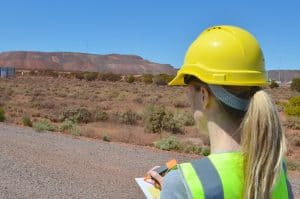 The occupational safety profession (OHS) in Australia is often described as being populated by older white males, as being dull and ill-informed. This perception has generated offshoots such as Women in Safety and Health, and Young Safety Professionals (YSP) with similar actions occurring in many other professions. It is easier than ever to develop professional groups that better address one’s needs but this can miss out on opportunities to change those older white males who are prepared to listen and learn.
The occupational safety profession (OHS) in Australia is often described as being populated by older white males, as being dull and ill-informed. This perception has generated offshoots such as Women in Safety and Health, and Young Safety Professionals (YSP) with similar actions occurring in many other professions. It is easier than ever to develop professional groups that better address one’s needs but this can miss out on opportunities to change those older white males who are prepared to listen and learn.
These subgroups can often be more innovative than the larger profession events, partly because they are smaller, but also because their audience has different expectations and capacities. Recently

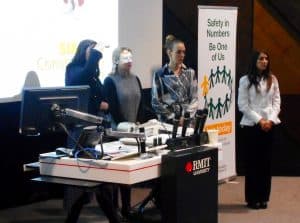 On 30 October 2017, the Safety Institute of Australia and RMIT University held their annual
On 30 October 2017, the Safety Institute of Australia and RMIT University held their annual 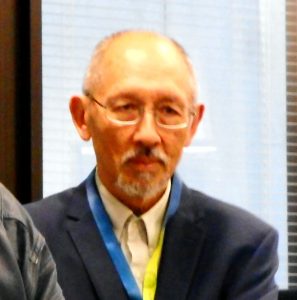
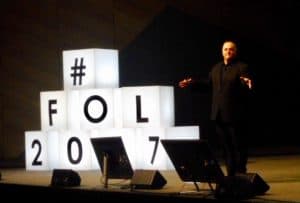
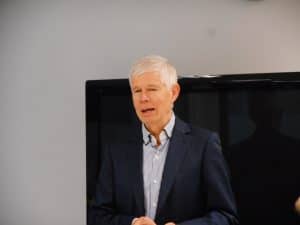 Recently
Recently